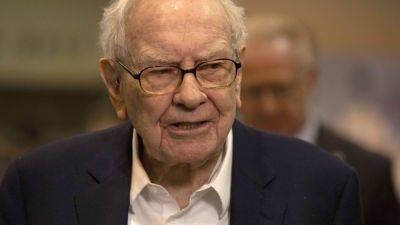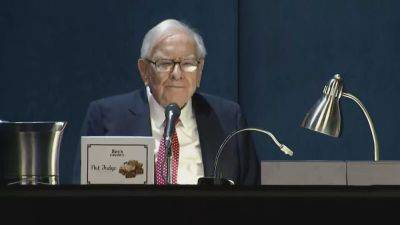Here’s the deflation breakdown for September 2024 — in one chart
Inflation has eased gradually across the broad U.S. economy, and some areas of consumer spending, such as furniture and gasoline, have even deflated over the past year.
Deflation is when prices decline for goods and services.
It is rare for prices to fall from their current levels across the economy at large, economists said.
However, prices for many physical goods have deflated as supply-and-demand dynamics return to normal following pandemic-era contortions.
«Outside of goods prices, I don't think we'll see price cuts,» said Mark Zandi, chief economist at Moody's.
"[Businesses] will hold the line on price if demand is soft but outright price declines are very rare, and even in a recession are not common," Zandi said.
Additionally, prices for energy and food commodities can be volatile, so it is not unusual to see swings up and down. Consumer electronics also continually improve in quality, a dynamic that statisticians equate to deflation but which may only be apparent on paper and not at the store.
Average prices for «core» goods — commodities that exclude food and energy — have deflated about 1% since September 2023, according to the consumer price index.
Demand for physical goods soared in the early days of the Covid-19 pandemic. Consumers were confined to their homes and could not spend on things such as concerts, travel or dining out. Households also had more discretionary income, as they pulled back on spending and had more cash from federal aid.
The pandemic also snarled global supply chains, meaning goods were not hitting the shelves as quickly as consumers wanted them.
Such supply-and-demand dynamics drove up prices.
Now, those contortions have largely eased and prices have declined as a result, economists
Read more on cnbc.com





















